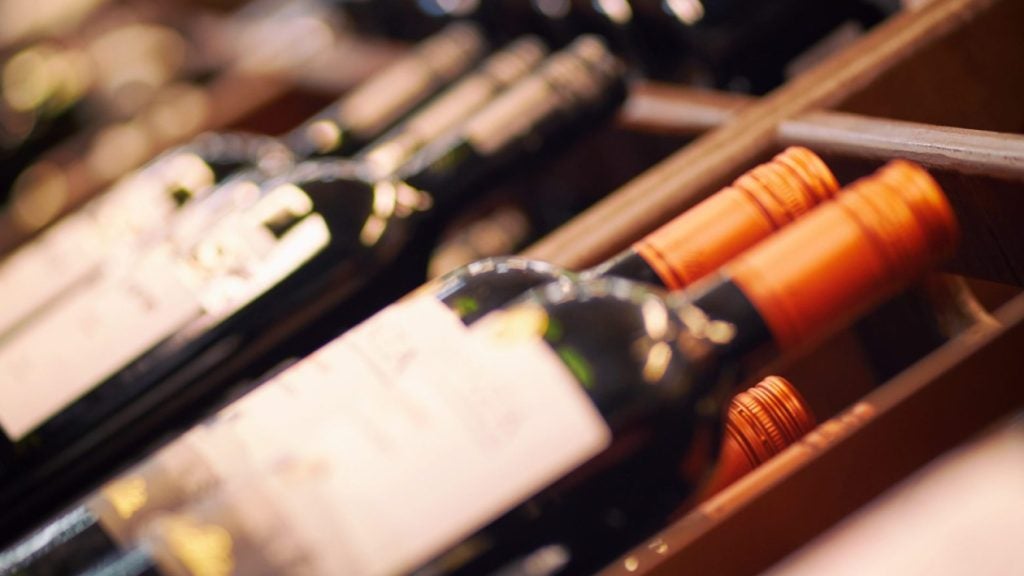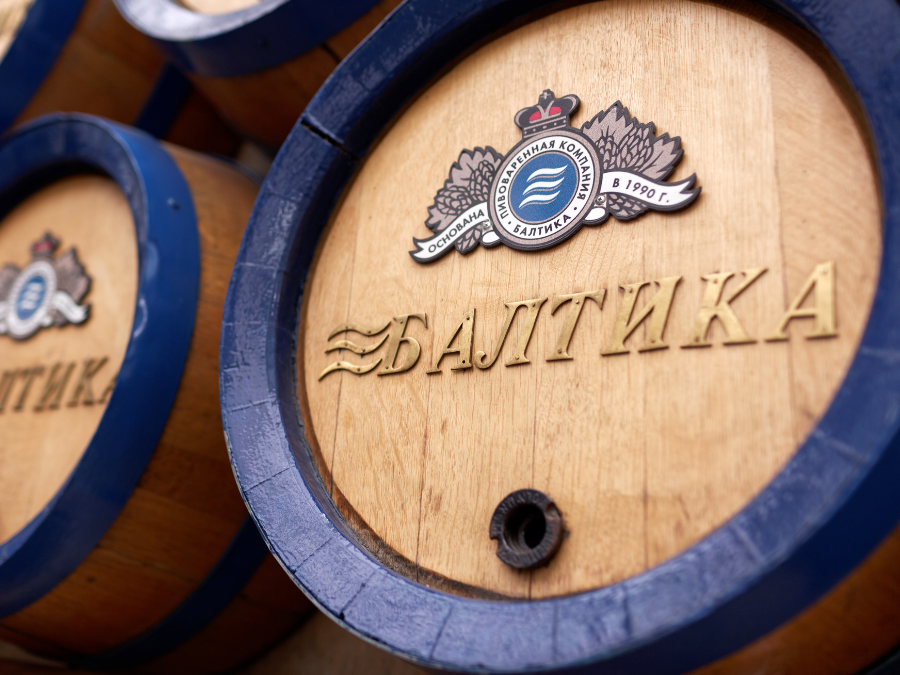It’s rare to find a topic in the wine world where everyone agrees. Still rarer when it’s a bad-news story, and where everyone is prepared to admit it. Chris Losh thinks he’s found one, however.
Over the last few months a growing number of importers and producers have told me that exchange rates, not the economy, are the biggest issue they face.
For several years, wine producers and importers have swallowed rises in the costs of dry goods, labour, shipping and, in some markets, duty. But the current ForEx fluctuations are simply too powerful to combat.
Metaphorically, it’s possible for wineries to shelter behind a windbreak and pretend that it’s business as usual when the gust is a few cents (US or Euro) or pence extra per bottle, but not when it’s a hurricane-strength double-digit percentage shift.
“The impact [of the exchange rates] has been seismic,” says Neil Barker, commercial director for Fosters UK and Ireland. “In 2008 the A$ was 0.41 to the pound. Now it’s about 0.61. You’re talking a 50% appreciation. It’s more of a factor than vintages, duty or anything else.”
The problem is not just that currencies in most wine producing countries such as Chile, New Zealand, Australia and South Africa are particularly strong, but that the effects of this strength have been exaggerated by the simultaneous weakness of the currencies in key export markets, particularly the US and the UK.
How well do you really know your competitors?
Access the most comprehensive Company Profiles on the market, powered by GlobalData. Save hours of research. Gain competitive edge.

Thank you!
Your download email will arrive shortly
Not ready to buy yet? Download a free sample
We are confident about the unique quality of our Company Profiles. However, we want you to make the most beneficial decision for your business, so we offer a free sample that you can download by submitting the below form
By GlobalData“Of our top 15 markets… only Japan and Australia were in the situation where their currency didn’t drop versus the Euro,” says Vincent Avenel, export director of Burgundy negociant Domaines Faiveley. “And guess what, in 2009 they were the only markets with an increase in sales.”
The figures, to be sure, are scarey. Wineries who made their budget forecasts assuming currency exchange at one level have seen their predictions out by margins so vast as to render them unworkable.
“The situation with the NZ$ is pretty horrific to be honest,” says one kiwi export manager. “You can probably take 30% off the last 18 months. We assumed the rate for this year would be $2.85 to the pound. It’s currently $2.10. We’ll be revising our [exchange rate] figures for next year at a much lower level.”
And while the ForEx numbers themselves aren’t pretty; it’s the fact that companies are powerless to counter their effects that is the biggest frustration.
“With a recession, you can change your strategy, shift more business to the on-trade, batten down the hatches,” says one export manager. “But you can’t do a thing to counter exchange rates. You just have to roll with the punches.”
Certainly it’s clear that options are, to say the least, limited. Since few companies can swallow double-digit losses in margin, wineries must either revise prices upwards – and lose sales – or withdraw from the market altogether. One large Australian producer, for instance, admits to having “stepped away” from the lower end of some of its core brands.
“With dry goods increases, currency and duty issues we’ve seen a rise in prices to the UK consumer of 42% on average across the portfolio,” says Jean-Charles Boisset of the eponymous Burgundy negociants. “Obviously, such a change has had a big effect on our sales; even the erosion of our margins has not been enough to compensate for such rises in price.”
With the current febrile atmosphere surrounding the EU/Greek bail-out and the word ‘contagion’ on every economist’s lips, it’s quite possible that the Euro might weaken further. It won’t be good news for the Chileans, South Africans et al supplying vast quantities to the northern European monopolies and German/Benelux supermarkets, but it might help the continent’s wine producers, at least in the short term.
“The open market means that the consumer can still find products on sale at the same price as before. Unfortunately, these products are no longer in France,” says Boisset.
In fact, even historically cheap producing countries, like Chile, have suffered recently.
“A lot of companies have built their strategies on economies of scale, but you can’t go on building market share for ever,” says Simon Doyle, commercial manager for Concha y Toro UK. “There comes a point where you have to get a fair price for your wine.”
But is this a temporary blip or a medium- to long-term trend? While accepting that there isn’t much difference between financial forecasting and the pronouncements of your average haruspex, nobody I spoke to could foresee any change for at least the next year or so.
“It’s not a day-in, day-out fluctuation,” says Fosters’ Barker. “There are some fundamental truths about both the Australian and the UK economies, and it’s difficult to believe that that’s going to change over the next 12 months”
Clearly, with a return to low prices not looking like an option, the future for wine in its most important export markets will depend on how successful brands are at taking consumers with them as they move up through the price points.
And in this area the portents are not good.
For many wines, ‘brand-building’ has simply meant ‘price promotion’, and consumer affection, as a result, is little more than wallet-deep, as Dan Jago, category manager of beers, wines and spirits at supermarket behemoth Tesco, admits.
“Currency is the biggest impact on our business – bigger than duty,” he says. “We have seen a significant rise in the price of a bottle of wine, and consumers aren’t used to that – they’re buying lower quality wine than last year. Trying to persuade them to trade up is the biggest challenge we face.”
Less wine? Worse wine? Lower margins? Roll on 2011…







Related Company Profiles
Concha y Toro UK Limited
Tesco Plc
Burgundy S.A.S.